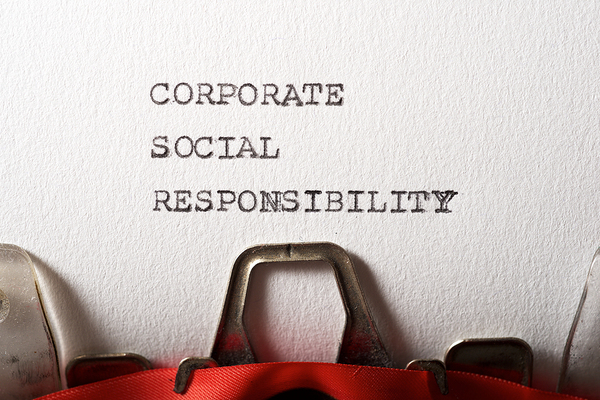Corporations have struggled with the balance between profit and the greater good since the beginning of capitalism. Some argue that corporations have no obligation to anyone other than their shareholders, while others argue that social impacts can limit the long-term viability of the corporation, making social responsibility a core tenant of corporate responsibility. Socially responsible innovation can be a method of balancing these needs, and in part one of this three-part series, we’ll look at the challenges and why they need to be overcome.
Focus
It’s easy to mean well, but harder to direct those energies in a certain direction. Just like innovation strategy needs the c-suite to invest time and energy to give it direction, resources, and legitimacy, socially responsible innovation needs targets.
Where is innovation most needed? What’s the hoped-for result? Once goals are clear, you can work towards them and develop metrics to track progress.
Leadership
The first question any organization needs to answer with innovation is “Who’s in charge?”
Often socially responsible approaches are scattered across multiple departments. Pieces are delegated out to various departments, such as hiring to Human Resources or are the responsibility of ad hoc volunteer committees. Creating a structure that can be used to centralize leadership, compare notes, and share expertise is particularly crucial to for-profit companies that can’t afford to spend shareholder money duplicating efforts.
Balancing Profit and Impact
If a product or service won’t turn a profit, it’s difficult to justify it, regardless of what it does otherwise. Often this challenge can be overcome either by laying out the long-term benefits or by demonstrating value in other ways. For example, you might make a product where when a person buys one, another unit is donated to an organization. Or there may be tax liability impacts that a product could introduce that creates value for the company.

Perception
Corporate social innovators face skepticism from both sides. Society at large may question the profit motive, while internally, some may wonder what the value to the company is of social responsibility initiatives.
Innovators generally meet this challenge with transparency: They issue detailed reports and releases discussing what happened, what the impacts were, and why. They speak frankly with activists and non-profits about their aims and how they intend to achieve them. And they accept that criticism will be inevitable.
Stakeholder Buy-In
Another core challenge is partnering with stakeholders outside the business community. Non-profits, governments, and the wider public all need to be engaged, and there can be considerable skepticism from these sectors. Especially if a company is taking a different approach to an issue than it has in the past.
Consider what these groups have asked for in the past, such as accountability mechanisms, reporting, or certain metrics, and try to anticipate those concerns as much as you can. Again, criticism and skepticism will be inevitable, yet the effort to address concerns will be key to effective innovation.
For more on the role of government in socially responsible innovation, read Part Two of our series. And to learn more about innovation and its role in a company’s social contract, request a demo!
Most Recent Posts
Explore the latest innovation insights and trends with our recent blog posts.













